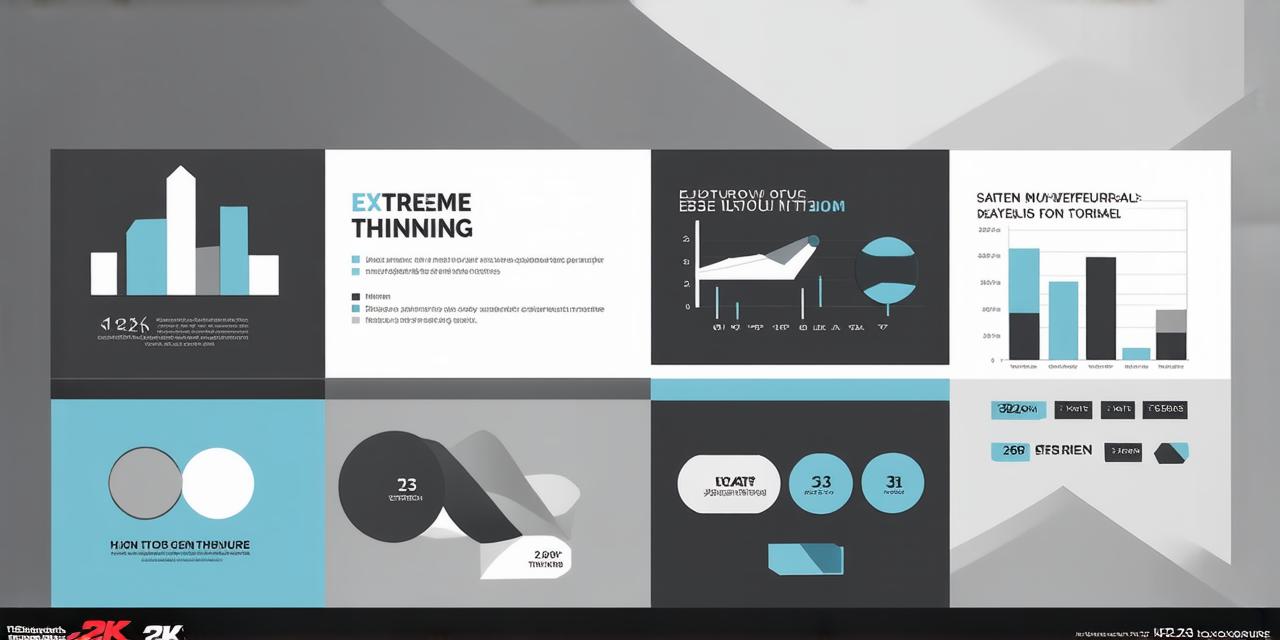Introduction
Design thinking is a problem-solving approach that has gained significant attention in recent years due to its ability to foster creativity, innovation, and empathy. It emphasizes experimentation and iteration, which can help businesses stay competitive in the fast-paced world of today. In this article, we will explore the origin and evolution of design thinking, examining its key principles, benefits, and challenges.
The Origin of Design Thinking
Design thinking can be traced back to the 1950s and 1960s when a group of designers and researchers in Scandinavia began to challenge traditional engineering approaches. They believed that design should not only focus on creating functional products but also consider the human experience. This new approach was called “human-centered design” and focused on understanding users’ needs, desires, and behaviors through observation, interviewing, and prototyping.

Over the years, design thinking has evolved to include a broader range of disciplines, including business strategy, service design, and social innovation. Its key principles have remained the same: empathy, ideation, prototyping, testing, and iteration.
Case Studies in Design Thinking
Design thinking has been successfully applied in various industries and contexts. One notable example is the development of Apple’s iPhone. The design team conducted extensive user research to understand users’ needs, desires, and pain points related to mobile phones. They then developed a range of prototypes and tested them with users, refining their designs based on feedback. This process resulted in a product that not only met user needs but also created new opportunities for the company.
Another example is the redesign of London’s public transport system. A team of designers conducted research with commuters to understand their pain points and developed a range of prototypes to address them. They tested these prototypes with users and refined their designs based on feedback, resulting in a more efficient and user-friendly public transport system.
Benefits of Design Thinking
Design thinking has numerous benefits for businesses and organizations, including:
- Improved problem-solving skills: Design thinking encourages teams to think creatively and outside the box, leading to more innovative solutions.
- Enhanced customer experience: By focusing on empathy and understanding users’ needs, design thinking helps create products and services that meet or exceed customers’ expectations.
- Increased efficiency: By iterating and refining ideas based on user feedback, design thinking can help teams avoid costly mistakes and improve their overall processes.
- Greater innovation: Design thinking encourages teams to challenge assumptions and explore new possibilities, leading to more innovative products and services.
- Better collaboration: Design thinking brings together different stakeholders and disciplines, fostering greater collaboration and communication.
Challenges of Design Thinking
Despite its numerous benefits, design thinking is not without its challenges. These include:
- Time constraints: Design thinking requires a significant amount of time and resources, which can be difficult for businesses with tight deadlines or limited budgets.
- Resistance to change: Design thinking challenges traditional engineering approaches, which can lead to resistance from team members who are used to working in certain ways.
- Difficulty measuring success: Design thinking can be challenging to measure and quantify, making it difficult for businesses to determine the ROI of their design thinking initiatives.
- Focus on aesthetics over function: While design thinking emphasizes empathy and understanding users’ needs, it is important to ensure that solutions are also functional and meet specific requirements.
Conclusion
Design thinking is a powerful problem-solving approach that has evolved over the years to include a range of disciplines and contexts. By focusing on empathy, ideation, prototyping, testing, and iteration, design thinking can help businesses improve their products and services, create better customer experiences, and foster greater collaboration. However, it is important to be aware of its challenges and ensure that design thinking initiatives are properly planned and executed to achieve the desired outcomes.



